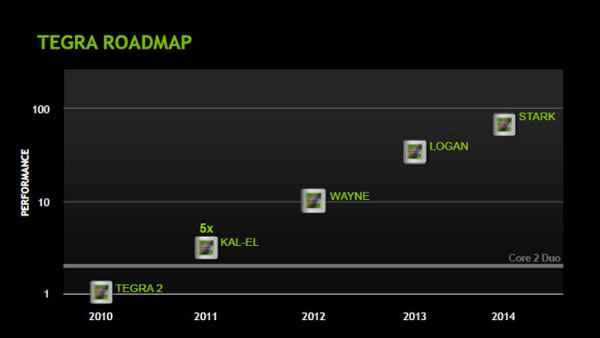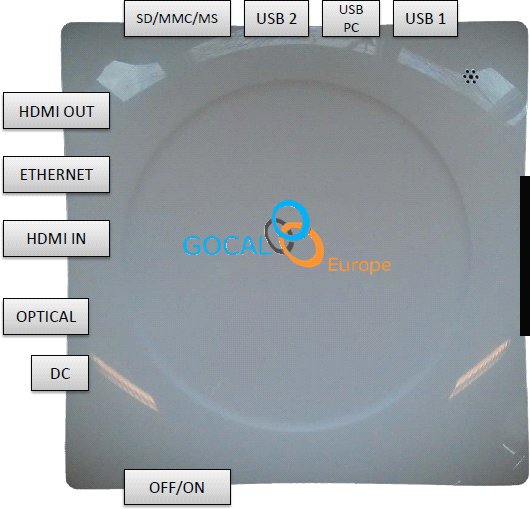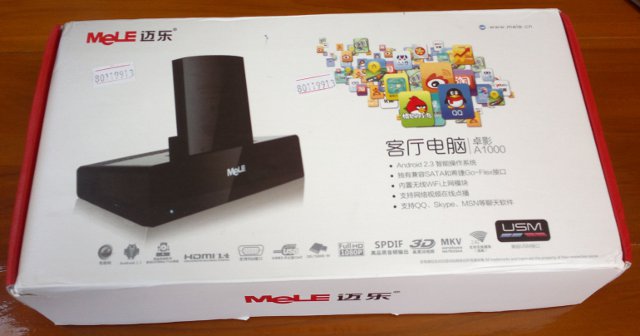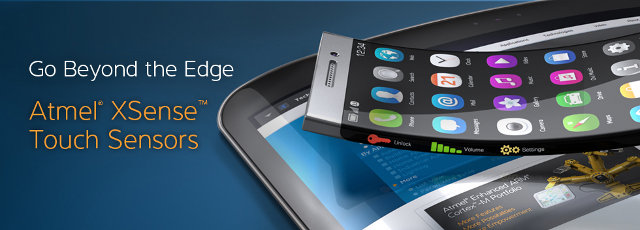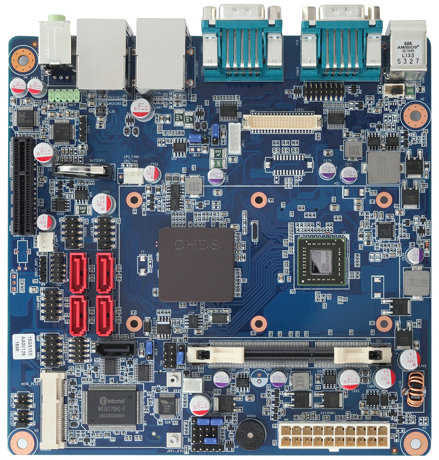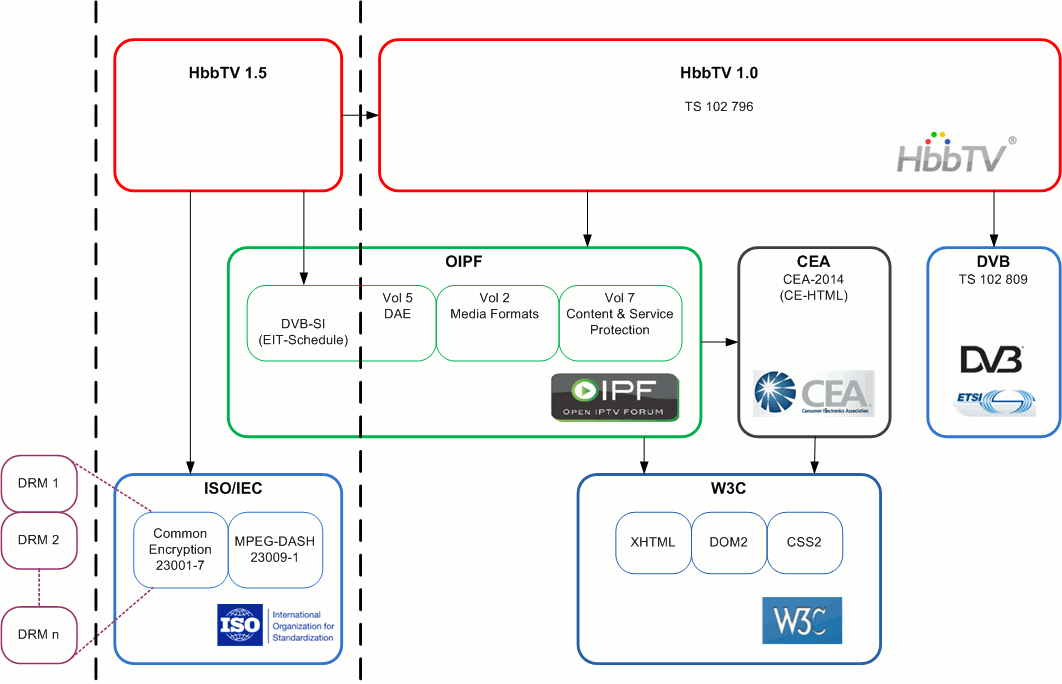Last year, Nvidia announced the Tegra family roadmap until 2014 with Kal-El (NVidia Tegra 3), Wayne (NVidia Tegra 4), Logan (Nvidia Tegra 5) and Stark (Nvidia Tegra 6). The first half of 2012 should be the time where the Tegra 4 (codenamed Wayne) should be announced. In the meantime, VRZone shared a slide showing the different versions of Tegra 4 and the detailed roadmap. NVidia Tegra 4 processor will used the same 4-PLUS-1 configuration (4 main cores + 1 low power companion core) as Nvidia Tegra 3, except the Cortex A9 cores will be replaced by Cortex A15 and the chipset will run at frequencies ranging from 1.2GHz to 2.0GHz. There will be 4 flavors of Tegra 4: T40 – Quad Core Cortex A15 @ 1.8 GHz aimed at 10″ high-end tablets. T43 – Quad Core Cortex A15 @ 2.0 GHz aimed at 10″ high-end tablets. AP40 – Quad Core […]
Gocal Europe Android Digital Signage Players Based on AMLogic AML8726
Gocal Europe is a dutch company with offices in Shenzhen and Hong Kong providing OEM/ODM high tech solutions such as digital signage and Android TV solutions including players as well as software solutions via HelloTV. The company has 2 digital signage players running Android 4.0 (ICS): UFO-TV This player is based on AMLogic AML8726M3 and features 1GB RAM, 4GB flash, HDMI IN and HMDI OUT. Here are the device specifications: CPU – AMLogic AM8726 M3 (ARM Cortex A9) @ 1GHz with Mali-400 GPU System Memory – 1 GB Flash – 4 GB Video Container Formats – avi, mpeg, vob,mkv, ts, m2ts, wmv and rm Video Codecs – MPEG1, MPEG2, MPEG4, MPEG2-HD and VC-1. Audio Formats – MP3, WMA, WAV, MIDI, OGG, AC3, DTS, ACC and APE External Storage – SD, SDHC and MMC cards. USB – 2x USB 2.0 Host ports Connectivity – Ethernet 10/100 Mbps, WiFi and Bluetooth Video […]
Mele A1000 Android 2.3 STB Unboxing and Review
I’ve finally received the Mele A1000 media player I ordered 3 weeks ago. I mainly plan to use it as a Linux development platform for Allwinner A10 processor, but today I’ll just post some unboxing pictures and provide some feedback about the Android software running on the box. I received the device in the box below. (Sorry about the picture quality, I took pictures with my smartphone). Once you open the box, you’ll get see the set-top box, related accessories, a (not so useful) user guide in English and Chinese and what looks like a warranty card. Once you unpack everything you get the set-top box, 2.5″ hard drive case, composite cable, remote control (infrared) and 5V power supply. You’ll noticed some buttons on the remote control have markings in Chinese, this is where the user manual can be useful. You may already have seen the box itself (with clearer […]
Atmel Unveils XSense Flexible Touch Sensors
Atmel has unveiled XSense, a flexible film-based touch sensor that allows the design of curved capacitive touch screen displays. Atmel expects target applications to go beyond smartphones and tablets, and extend touch capabilities into a wide array of new consumer and industrial products such as watches, coffee machines, calculators and more. XSense touch sensors, based on a proprietary roll-to-roll metal mesh technology, will allow OEMs to develop larger, lighter, sleeker, curved and edgeless designs for smartphones, tablets, ultrabooks and a host of new touch-enabled products, says the company. XSense sensors can be combined with Atmel maXTouch controllers which are already used in numerous smartphones and tablets such as the Samsung Galaxy Note and Samsung Galaxy Tab, as well as other touch controllers available on the market. Here are the key benefits of XSense technology: Flexibility for curved surfaces Narrow border for larger active screen areas Highly accurate stylus performance (active […]
Axiomtek MANO120 Mini-ITX Board Powered by AMD G-series APU
Axiomtek announced the MANO120 mini-ITX motherboard featuring an AMD G-Series APU dual core T56N with AMD A55E FCH which supports dual video output (dual views) via VGA, HDMI and LVDS interface. The board can support up to 4 GB of DDR3 1333 memory, up to 5 SATA hard drives and a CFast slot. The MANO120 also comes with one PCIe x4 slot and one PCI Express Mini Card slot. The company says the MANO120 industrial grade motherboard is ideal for digital signage, DVR (Digital Video Recording), and NVR (Network Video Recorder) applications. Here are Axiomtek MANO120 mini-ITX board specifications. CPU – AMD G-Series APU T56N @ 1.65 GHz with AMD Radeon HD6320 Graphic engine Chipset – AMD A55E FCH System Memory – 204-pin SO-DIMM supports DDR3-1066/1333 max (up to 4 GB) BIOS – AMI EFI 16Mb SPI SSD – CFast slot Expansion Interfaces: PCIe x4 slot PCIe Mini Card CFast […]
Daisy: An Exynos 5250 (Cortex A15) Based ChromeBook
Thomas Taschauer has reported on his blog that Google was working on several Chromebooks including one codenamed “Daisy” powered by an an ARM chip by just looking at Chromium OS’ issue tracker. By looking more into details, we can find out that Daisy development makes use of the kernel config for Samsung SMDK5250, Samsung development board for the Exynos 5250 (Dual Core Cortex A15) processor. Daisy also appears to have an Ethernet port, a feature not seen on other Chromebooks which only feature WiFi or 3G for connectivity.
HbbTV Specification 1.5 Adds MPEG DASH Support
The HbbTV (Hybrid Broadcast Broadband TV) consortium, an European initiative for web-based smart TV applications for TVs and set-top boxes, has recently released version 1.5 of the HbbTV specification. The latest specification adds support for HTTP adaptive streaming based on MPEG-DASH (ISO/IEC 23009-1), improving the perceived quality of video presentation on busy or slow Internet connections. It also enables content providers to protect DASH delivered content with multiple DRM technologies based on the MPEG CENC specification (ISO/IEC 23001-7). Finally, HbbTV Version 1.5 significantly enhances access to broadcast TV schedule information (DVB-SI EIT-Schedule), enabling operators to produce full 7-day electronic program guides (EPG) as HbbTV applications that can be deployed across all HbbTV receivers to provide a consistent user experience. The diagram above show the main improvement of HbbTV 1.5 over HbbTV 1.0 that is, as mentionned above, EIT-Schedule for EPG, MPEG-DASH for streaming video and MPEG CENC for multiple DRM […]
Nokia Qt Labs Releases Qt 5.0 Alpha
Nokia Qt Labs announced the alpha release of Qt 5 C++ application development framework, which focuses on the delivery of Qt Essential modules for Qt 5. This new version of Qt goal is to bring the focus to a model, although native Qt using C++ would still be used to implement modular backend functionality for Qt Quick. The developers explains that this module is working nicely on Qt for embedded system where UIs are full screen, but more work is needed on the desktop, and it will only be fully implemented in Qt 5.1 or 5.2. Qt developers make 4 big architectural changes to Qt internal architecture: Base all Qt ports on Qt Platform Abstraction layer (QPA) to make it easier to port Qt to other windowing systems and devices. Re-architect Qt graphics stack using a a Scenegraph on top of OpenGL to increase performance versus Qt 4, using Qt […]


